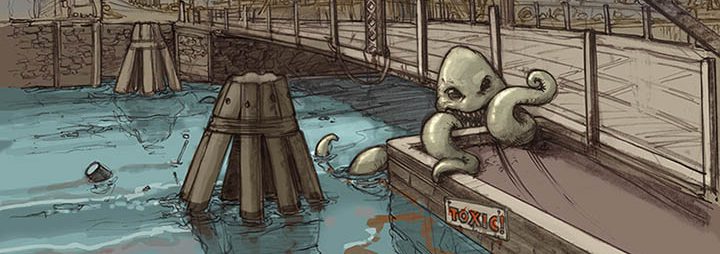The film, “My Brooklyn” has left a quite interesting impression for me. Coming from a different country, and while I do also grew up in the streets of New York, Brooklyn is a place that I learned from my parents to avoid. Their reason is mainly like the same as many Chinese traditional family, that black people stands for trouble, crime, and dishonest. Of course, that is not the case at all, where my best friend, also a black person, Keegan Kipplings, grew up in Brooklyn and we are still the best of friends today.
That aside, the film has portrayed that NYC government has tried to segregate the rich and the poor through urban planning, and we see that the old Brooklyn is the result of it. Throughout the film, the community has tried to fight against the redevelopment and ultimately fail, and the main reason is perhaps the lack of transparency that rezoning is going on. The way I see is, however, that historically, redevelopment cooperation has always targeted small business owners, but not the local land owners. Like the author in the film said herself, she actually made money from the apartment she sold, but she is forced to moved to else where due to the high rent.
The fact that rezoning an area causes the local land value to sky rocket, is beneficial to landowners and redevelopment, where both sides gain profit, so it is not a negative sounding proposal by nature. However, the film then shows us the unfortunate side effects of these redevelopment, the lost of a local community, a local street where the people can interact, and small business owners driven out, with almost no help for relocation.
I’ve seen these things happen in my country as well, but the government is willing to lend a helping hand to the locals; a certain number of stores are preserved, and local small businesses are given options to where to relocation, with sufficient funds. The way that NYC treats these people are almost savage; while I do agree that money is important for a business, losing a small part of the money to make sure everyone wins in this business proposal is also important, and the way I see it, the large cooperation refuses to even pay that small amount in NYC.



